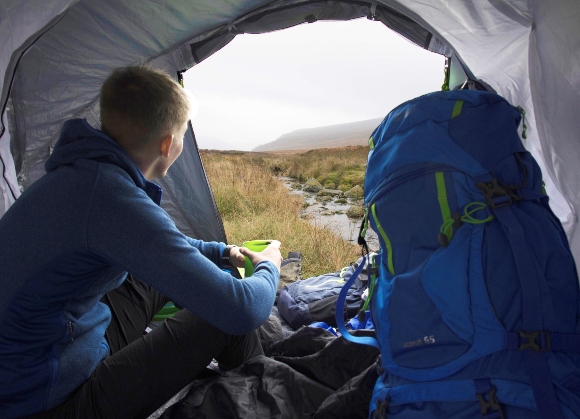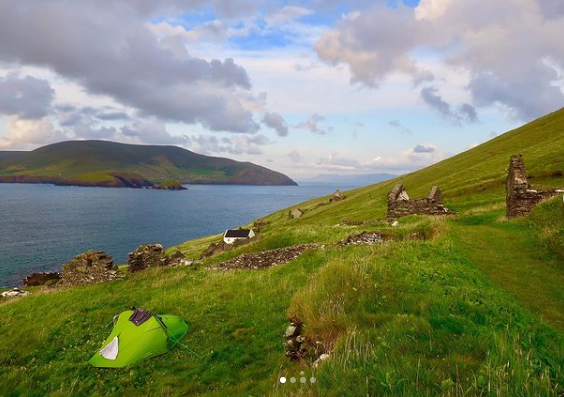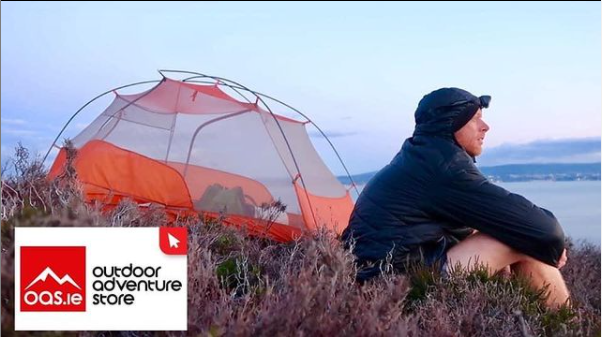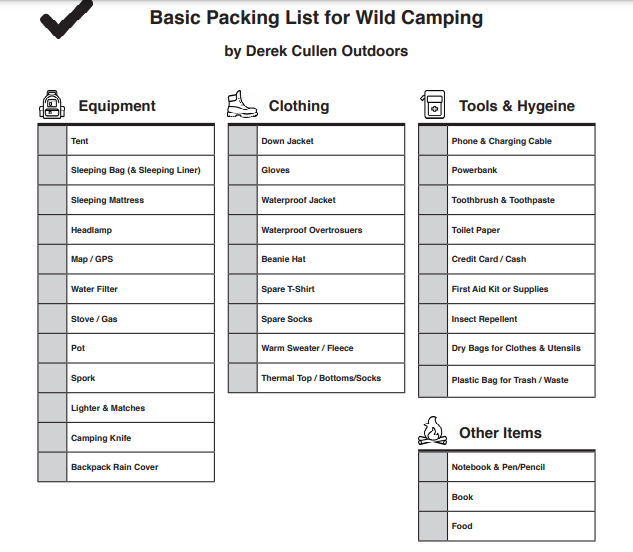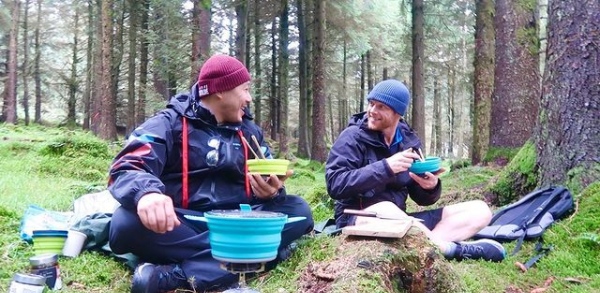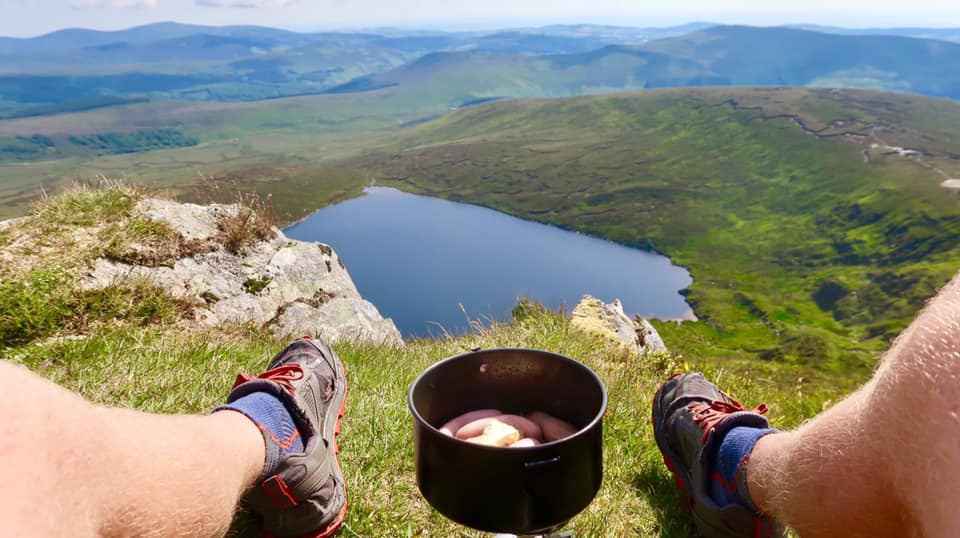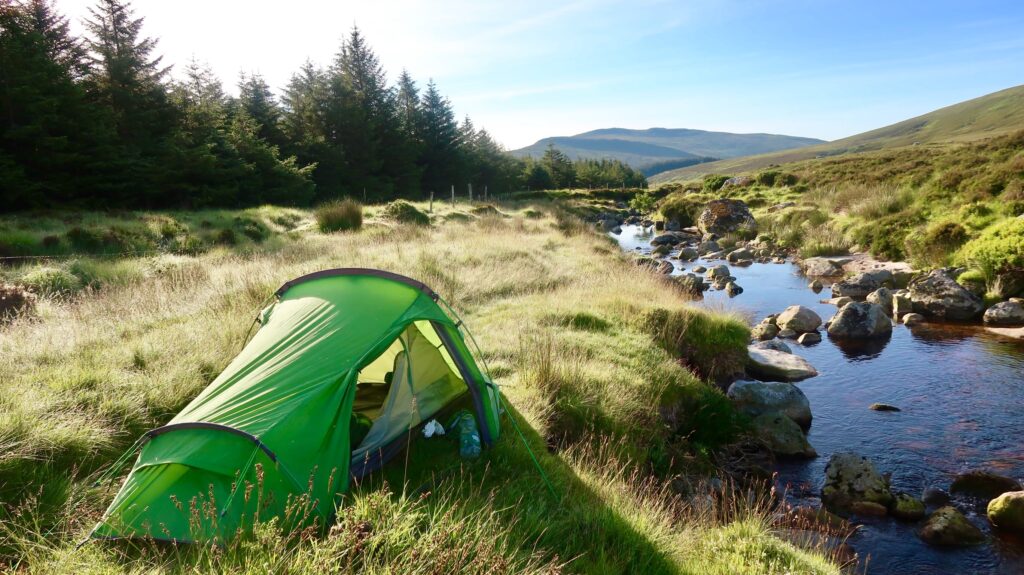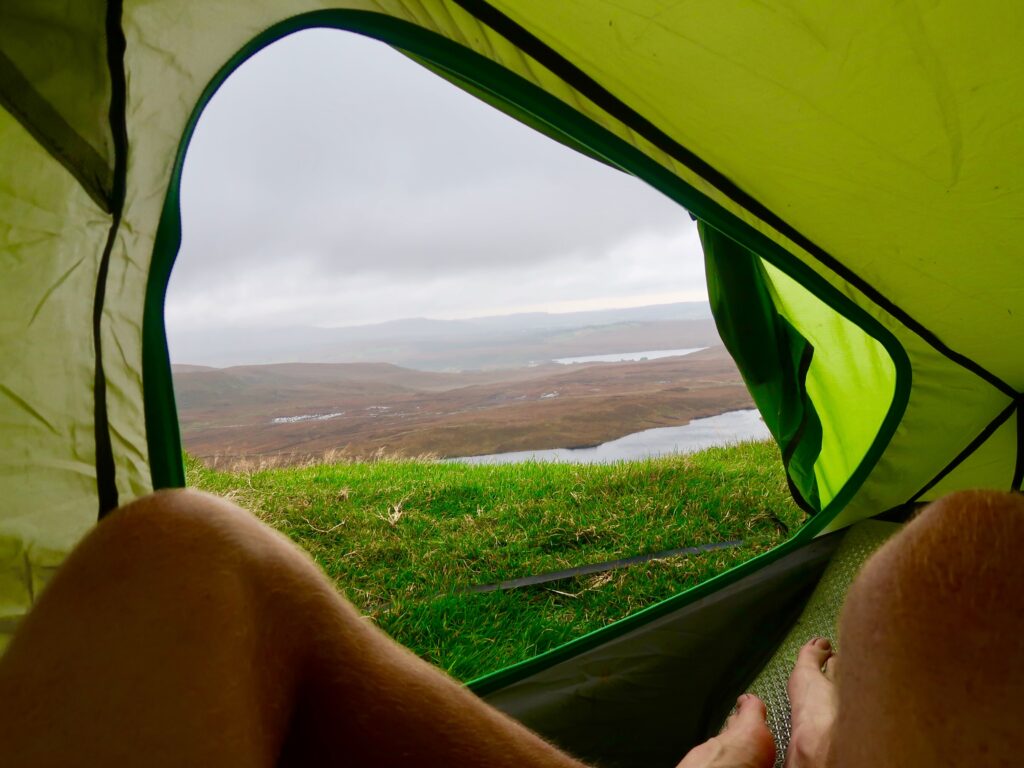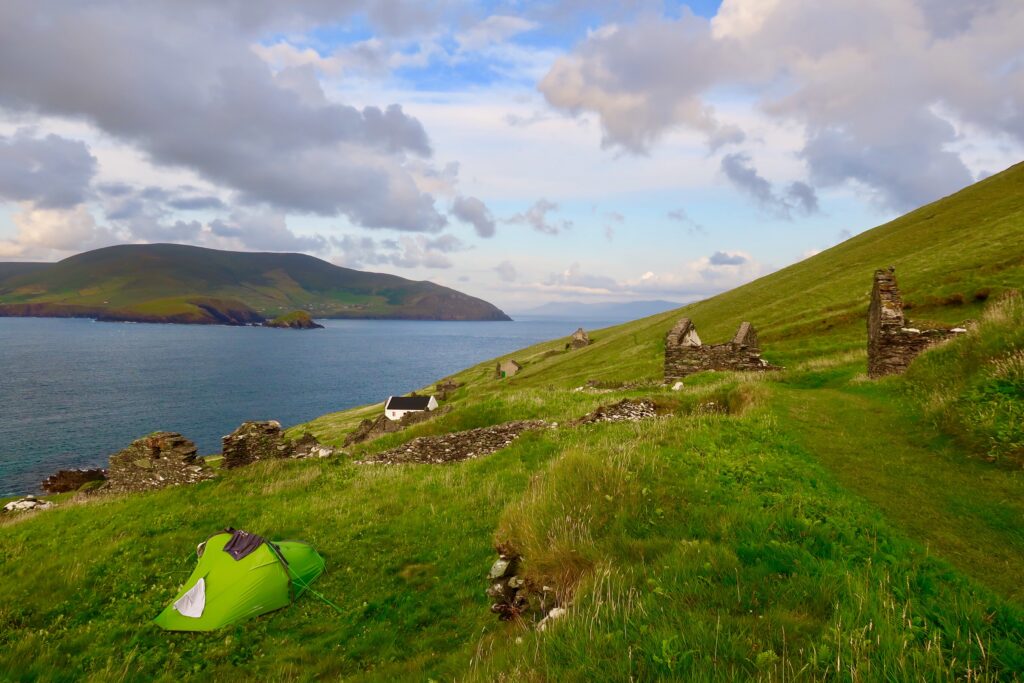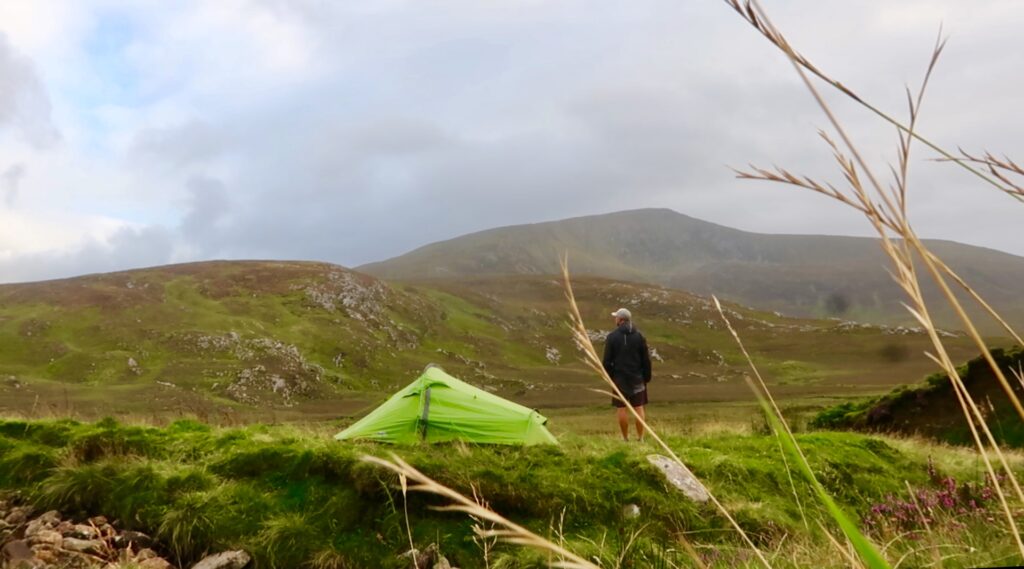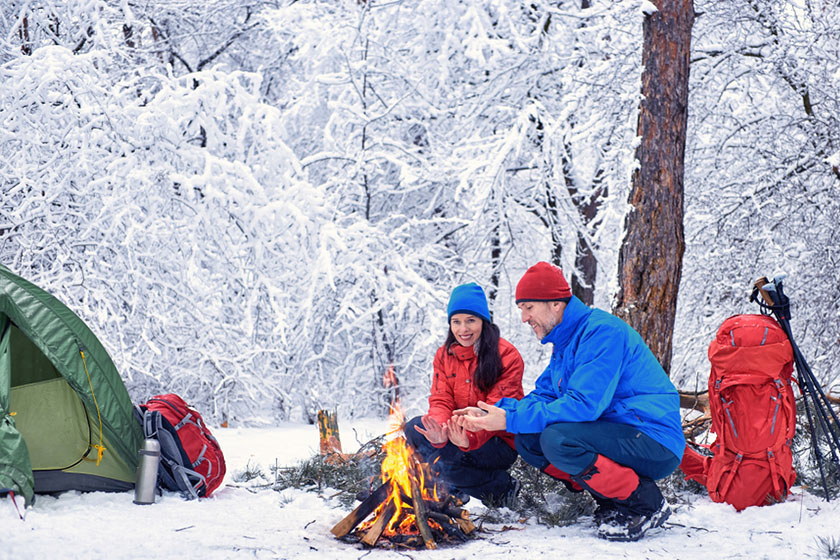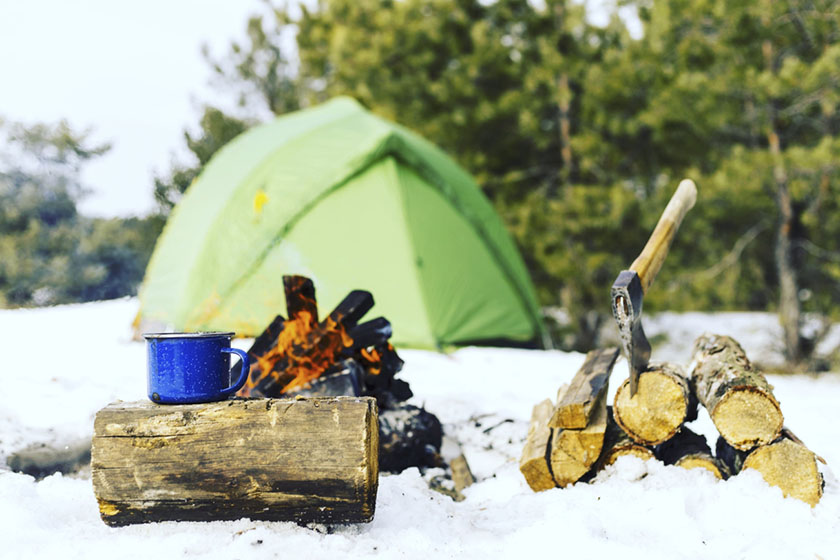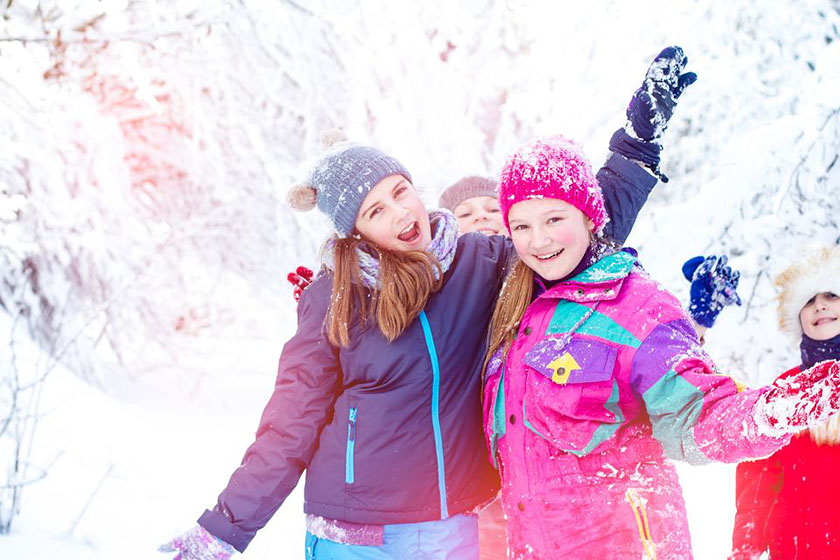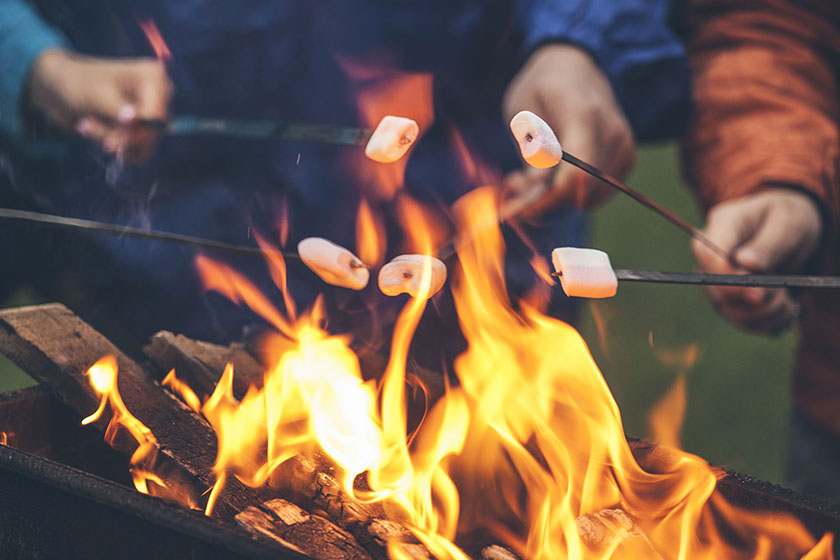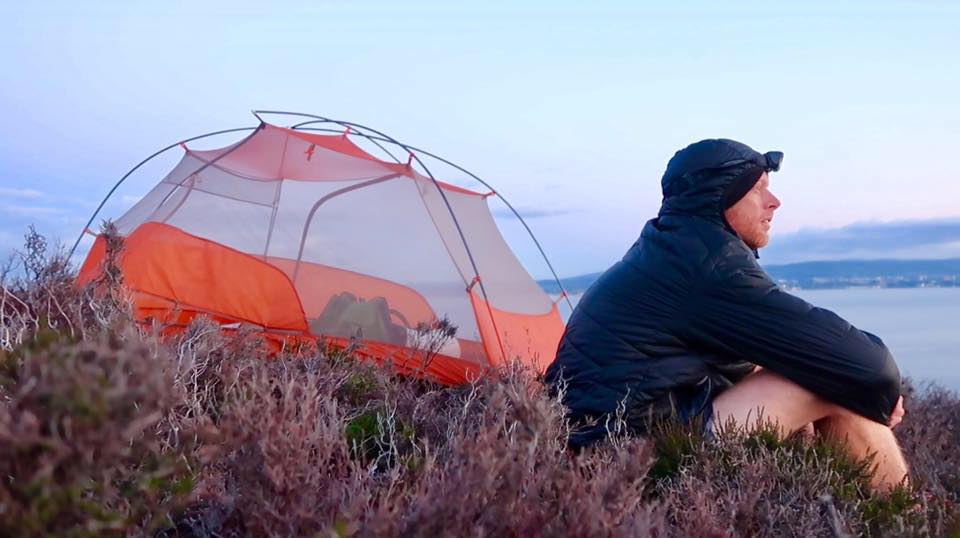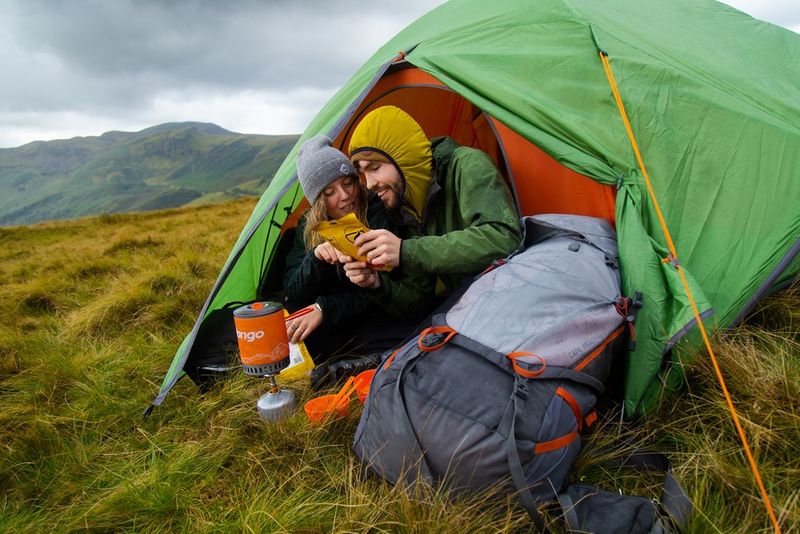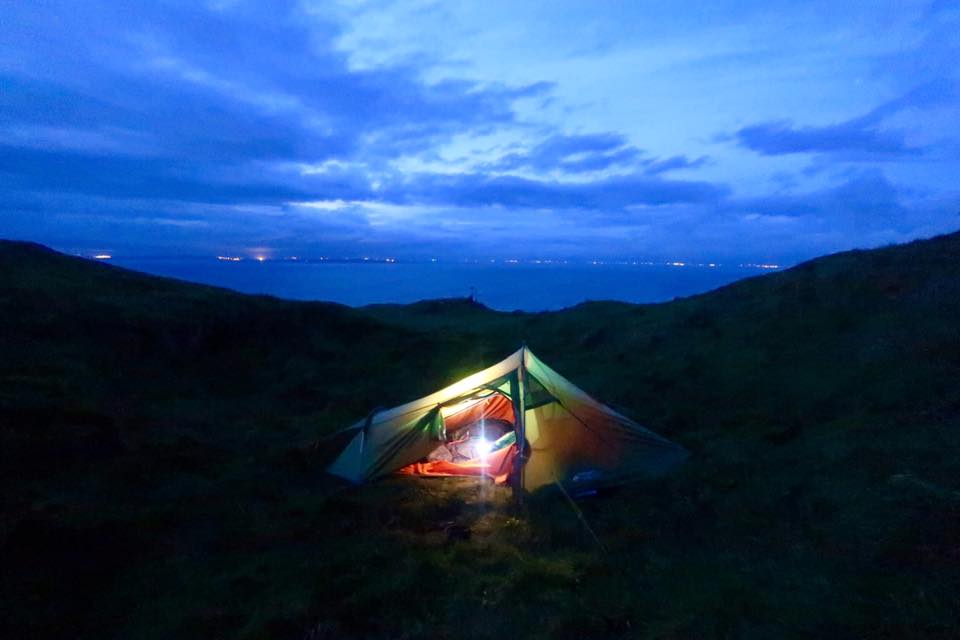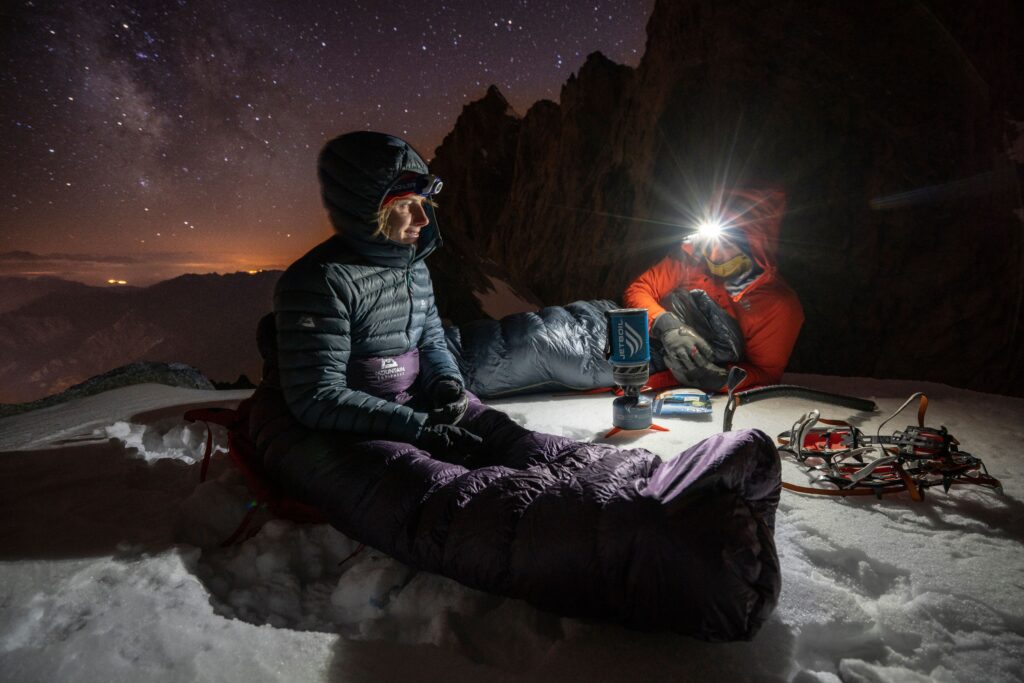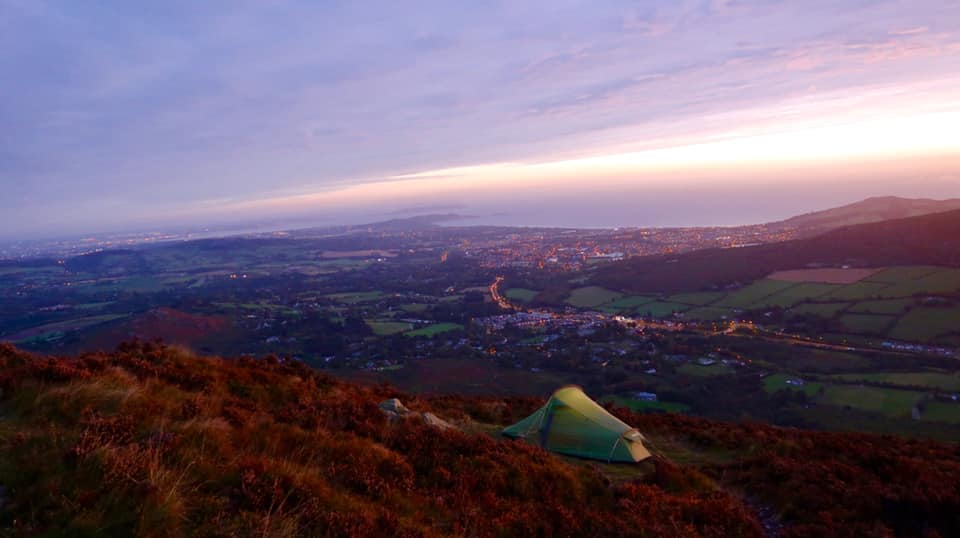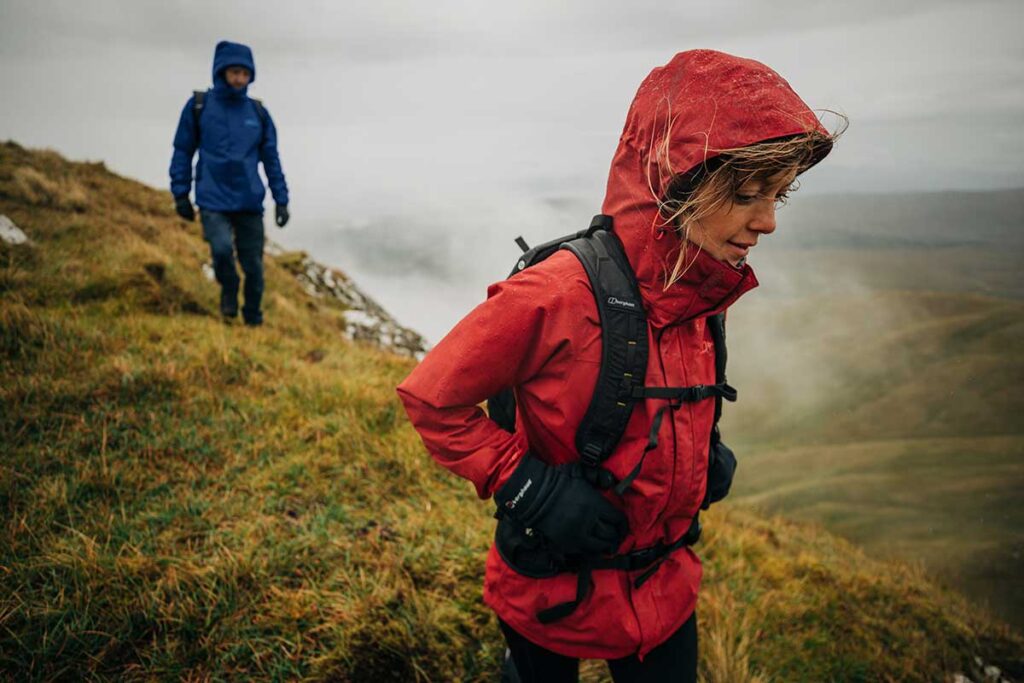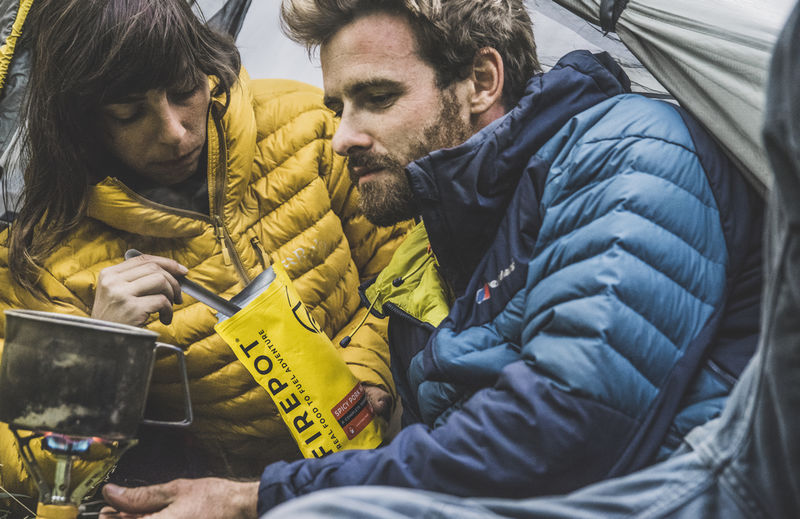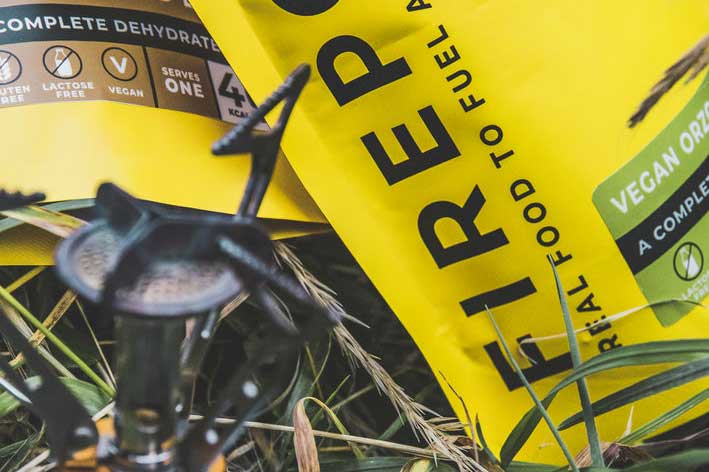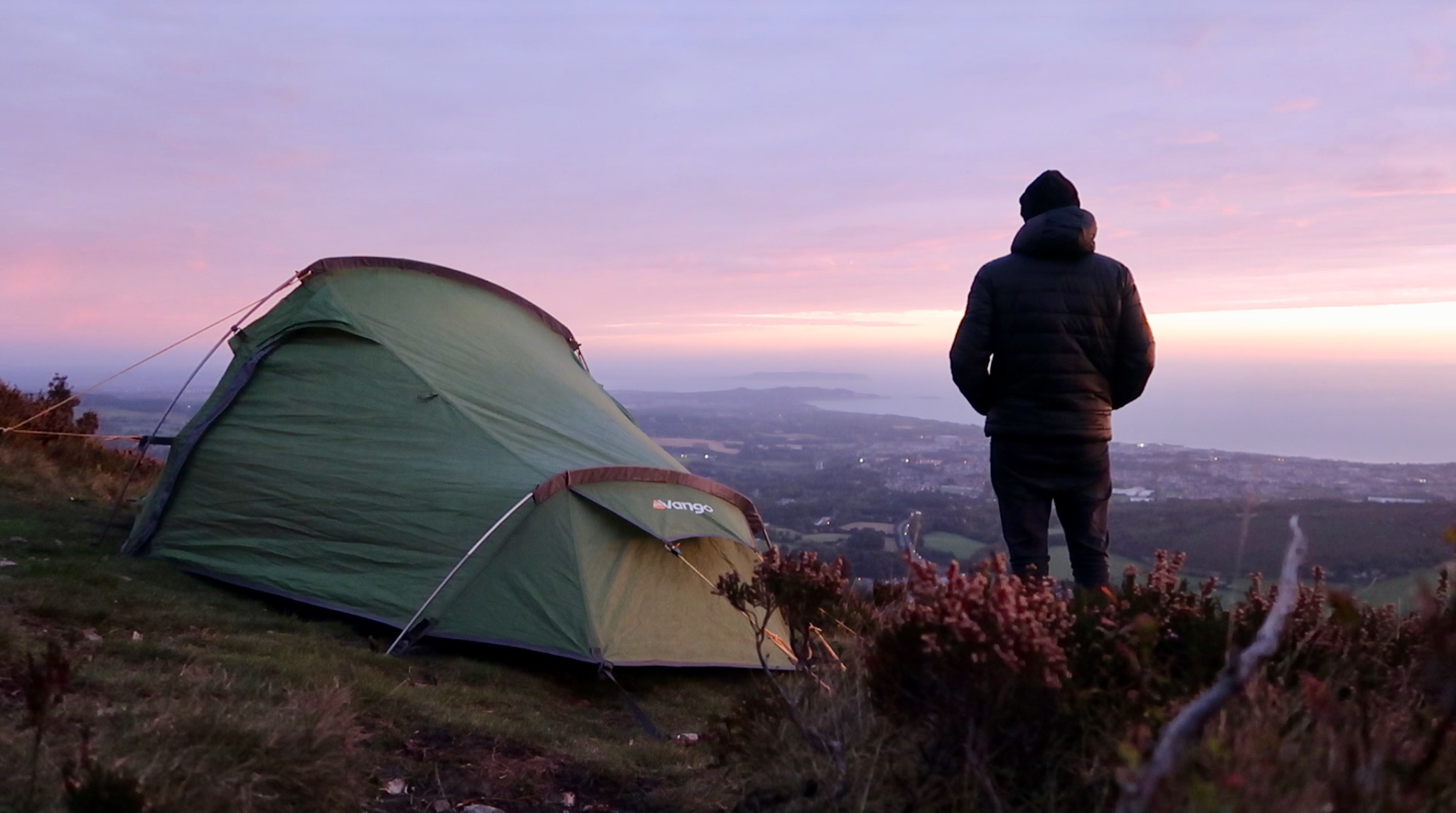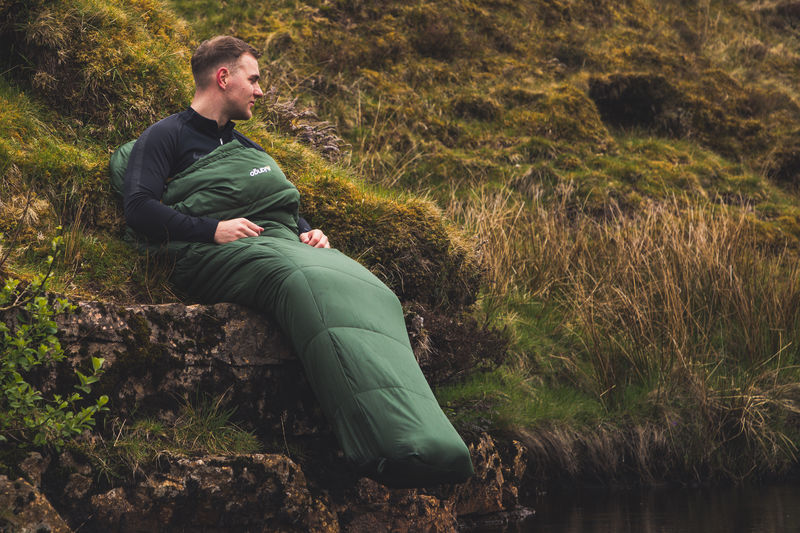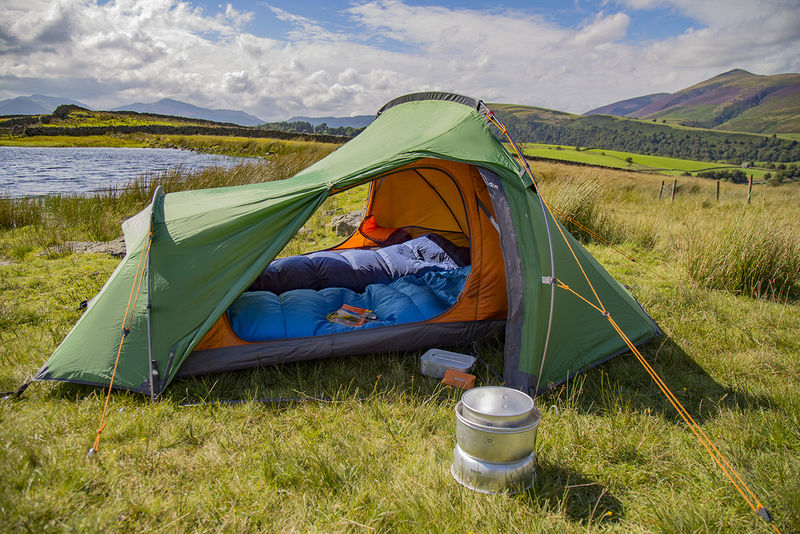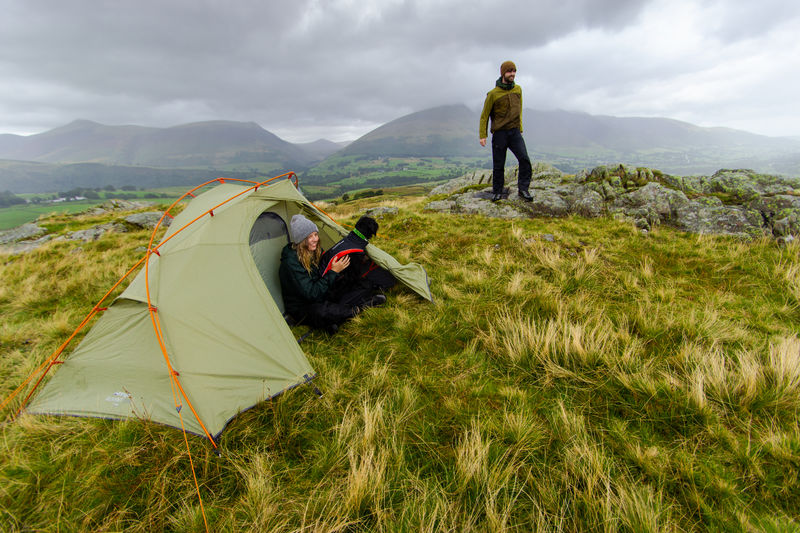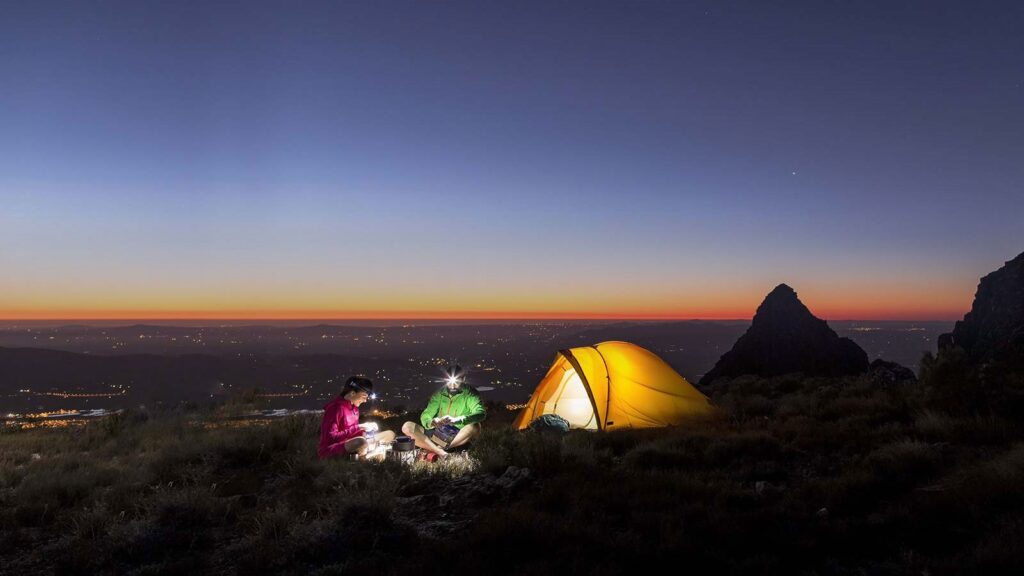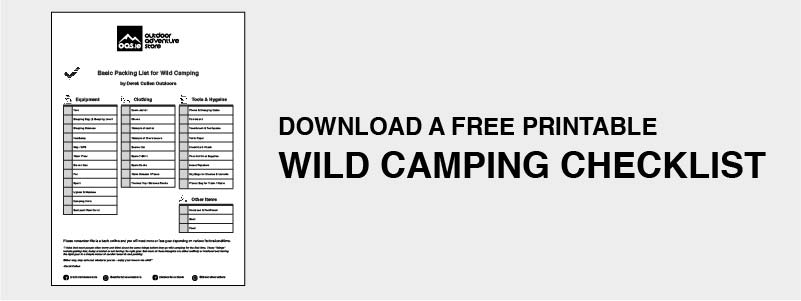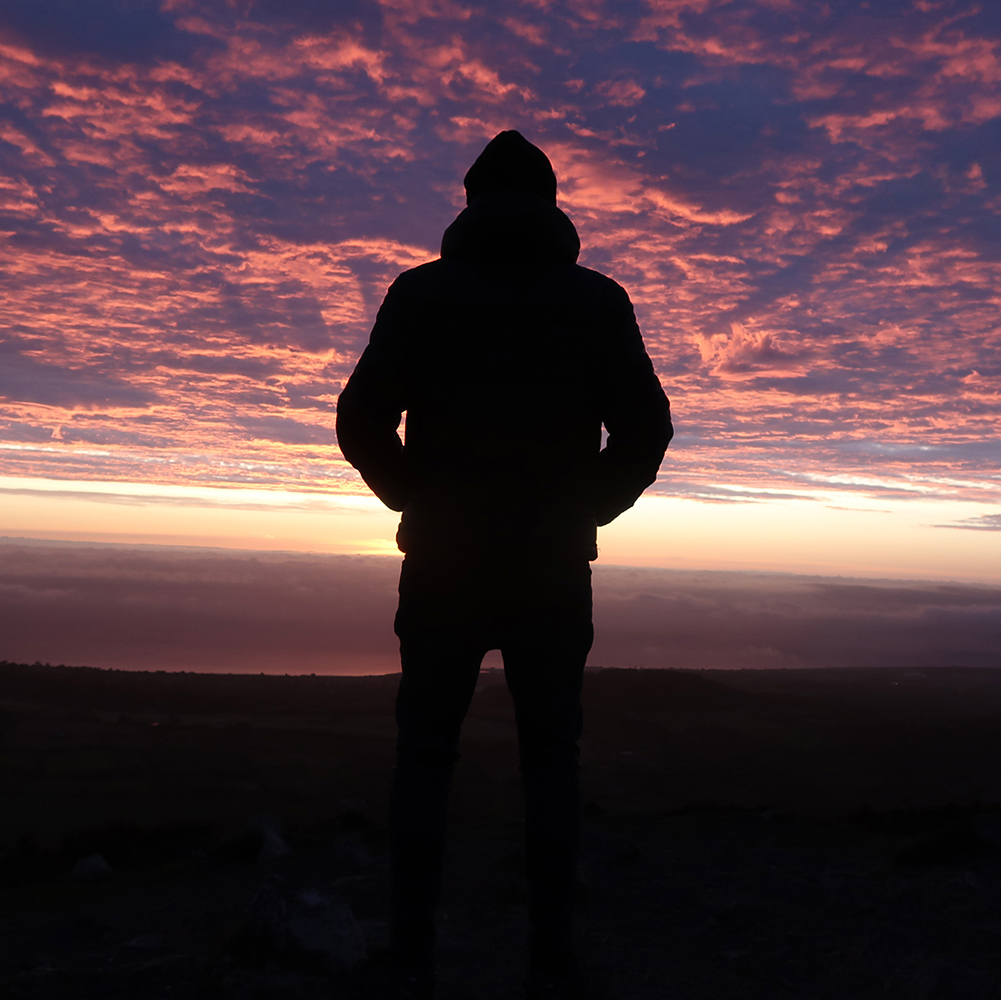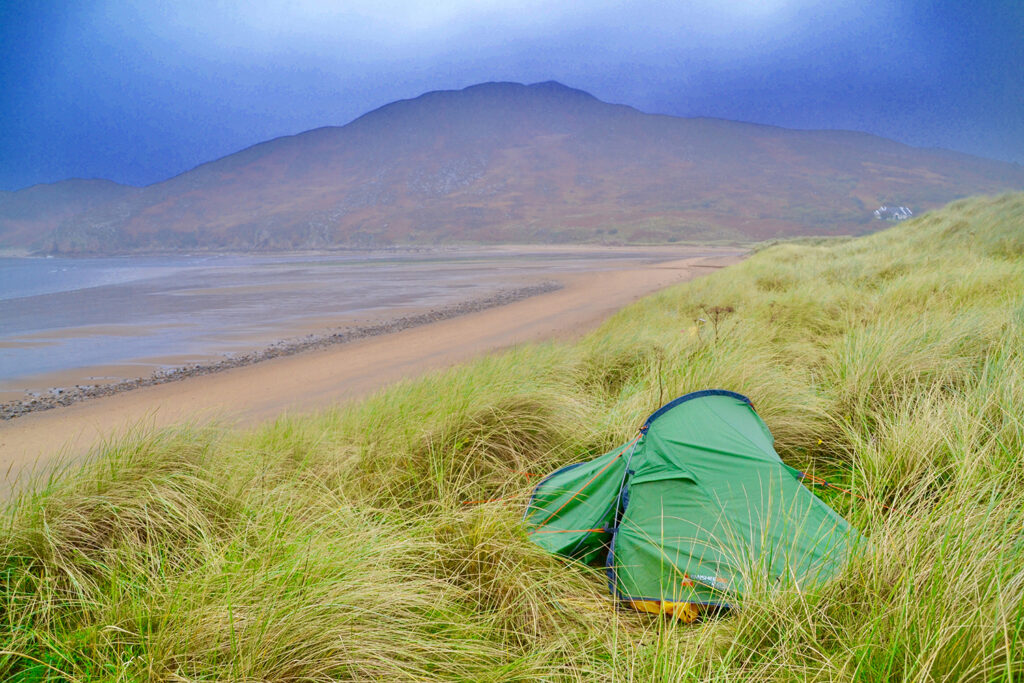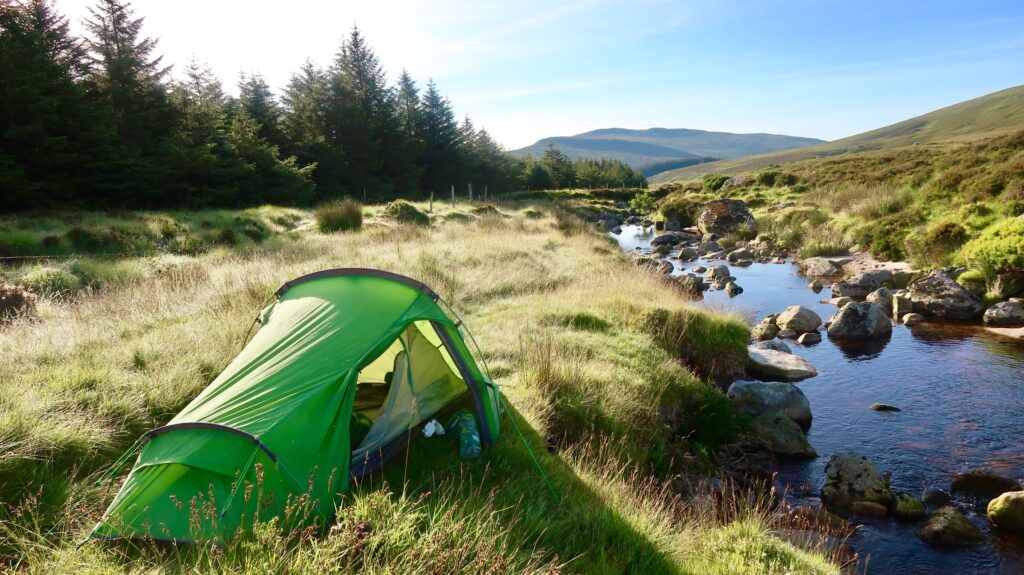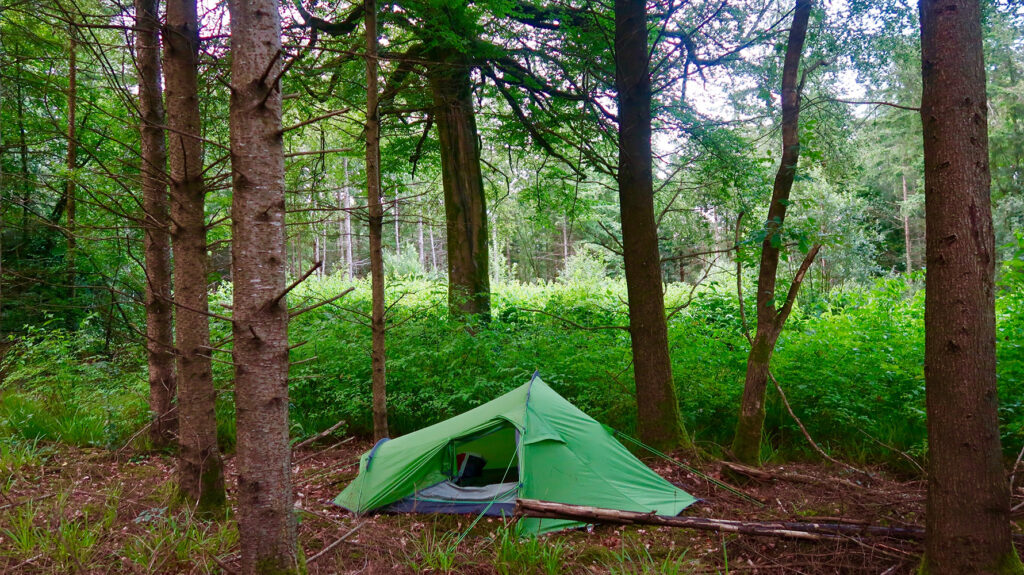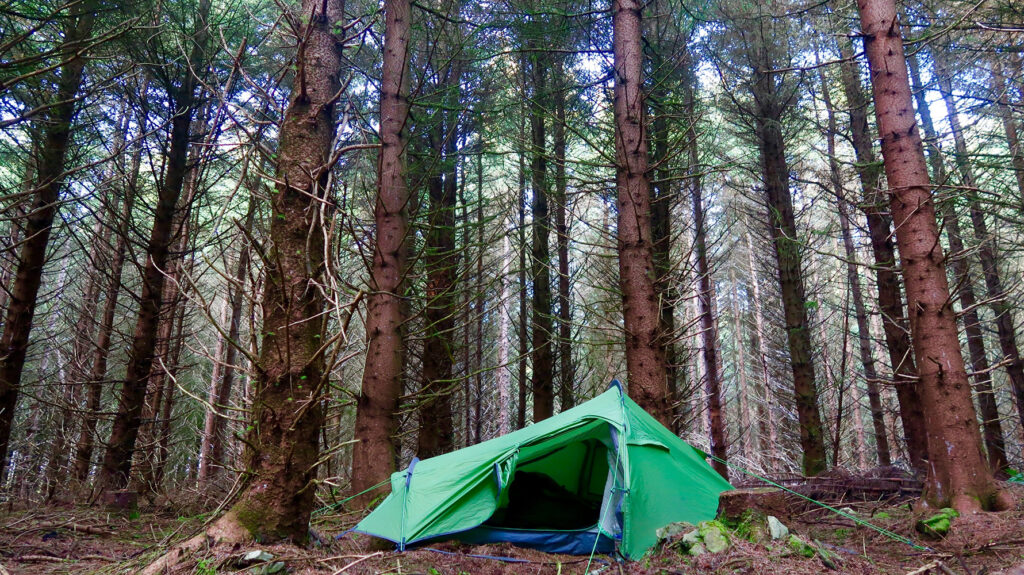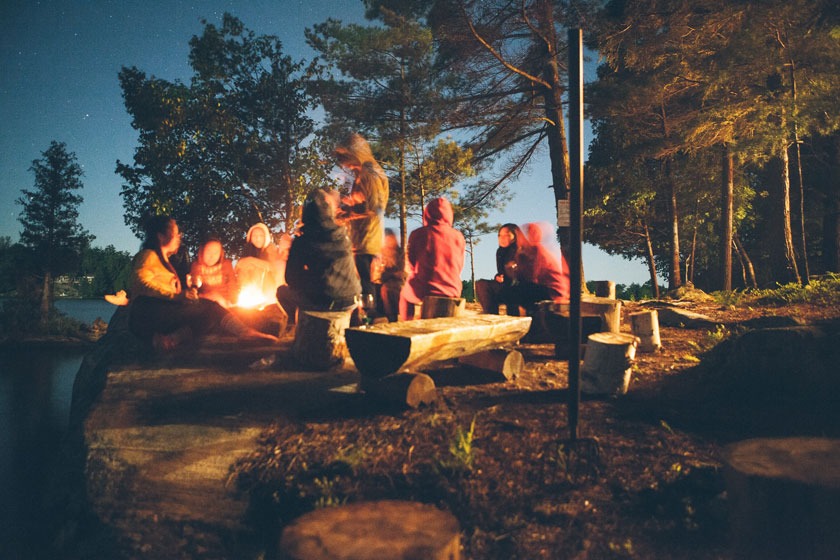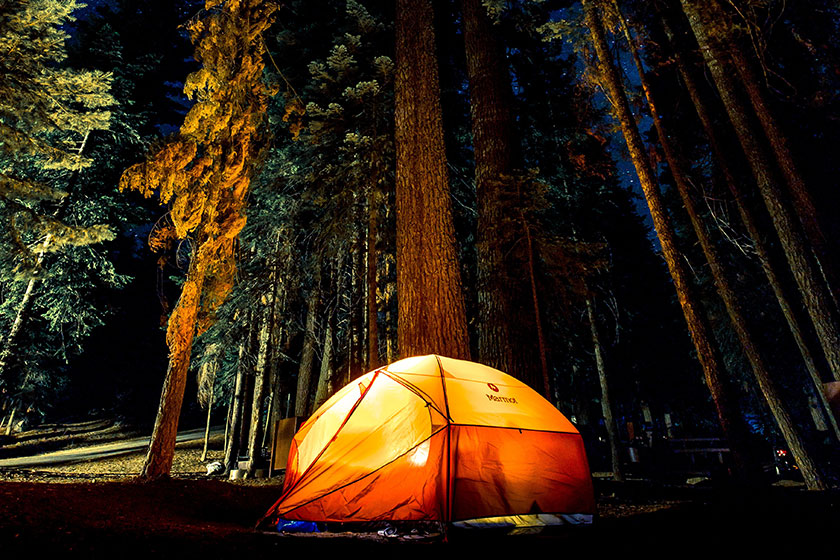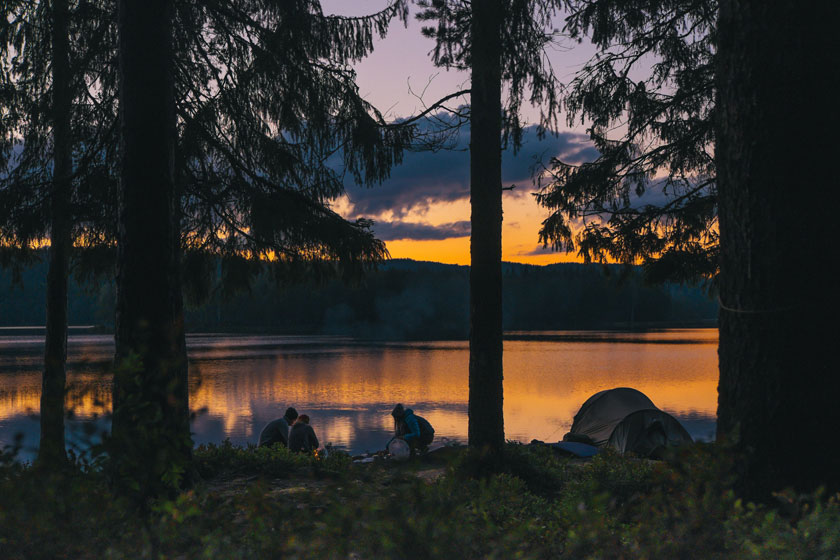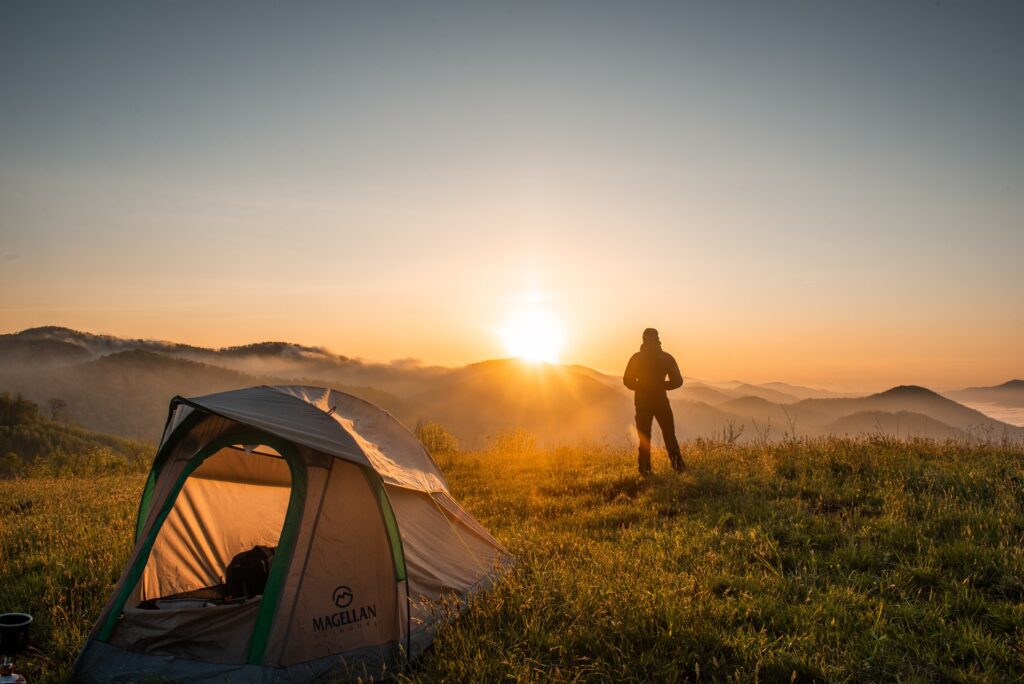
If you are preparing for a camping trip, you are probably excitedly going through your gear and reserving sites at campgrounds. Camping can be great fun. It involves late nights around campfires, falling asleep to the sounds of nature, and being woken up by the birds chirping.
However, many things can just as well ruin this idyllic trip for you. It may not be surprising who is at the top of that list—rude and disrespectful camping neighbours. Forget the peaceful nights and nature appreciation. You might experience quite the opposite with sleepless nights due to late-night partying or trash being thrown everywhere. This leads us to the rules of camping etiquette. Camping can be a fun adventure for families, but only if everyone plays by the same rules. These rules are easy to follow, and everyone appreciates a good camping neighbour.
Following the etiquette makes you someone who people are happy to have as their neighbour while on holiday. Whether you are getting ready to go on your first camping holiday or you are super experienced, it is a good idea to remember to be polite. Our list of camping etiquette tips will help you learn or serve as a reminder on how to be a tremendous and well-mannered camper.
How to Pack for Camping
Before you set off, consider a few tips for packing. When packing your camping gear, the right way to do it comes in a few steps. You want to first make sure to put all the camping-related items together. Make a list of what they are exactly before you start packing, and then go down the list to ensure you do not forget anything. All of that gear is vital to a successful camping trip, and you do not want to travel all the way only to realize you are missing a key component. After you are done with that, continue to pack your clothes, food, and other items you cannot live without.
Keep Your Campsite Clean
Do not leave food or rubbish unattended at your campsite. Aside from it looking bad, you will undoubtedly attract unwanted guests—rodents, birds, and bigger animals can vandalize your site and steal your food. If they sense an opportunity once, they will keep coming back. Birds can be irritating, but dangerous animals like bears and raccoons will lose their natural fear of humans and then you are in big trouble.
It is very easy to accidentally leave food out before going to bed. This is why it is vital to keep camping etiquette tips in mind at all times. Consider assigning someone to put everything away before bedtime.
In addition to this, wind and rain can ruin things that have been left out through the night. It is no fun to wake up to a complete mess of trash and soaked food leftovers.
Do Not Move Firewood or Chop Trees
Loads of insects and other parasites can
remain on your firewood and create infestations. These begin in campgrounds and
parks way too often. This is why campers must respect these regulations.
On the other hand, many campsites have seen young trees being chopped down for
firewood or careless campers reversing their trailers into young trees in the
camp area. Don’t thoughtlessly destroy
wildlife. Firewood is typically sold at shops near campgrounds or even
within the campgrounds. It is essential to follow these rules in order to
preserve our natural world properly.
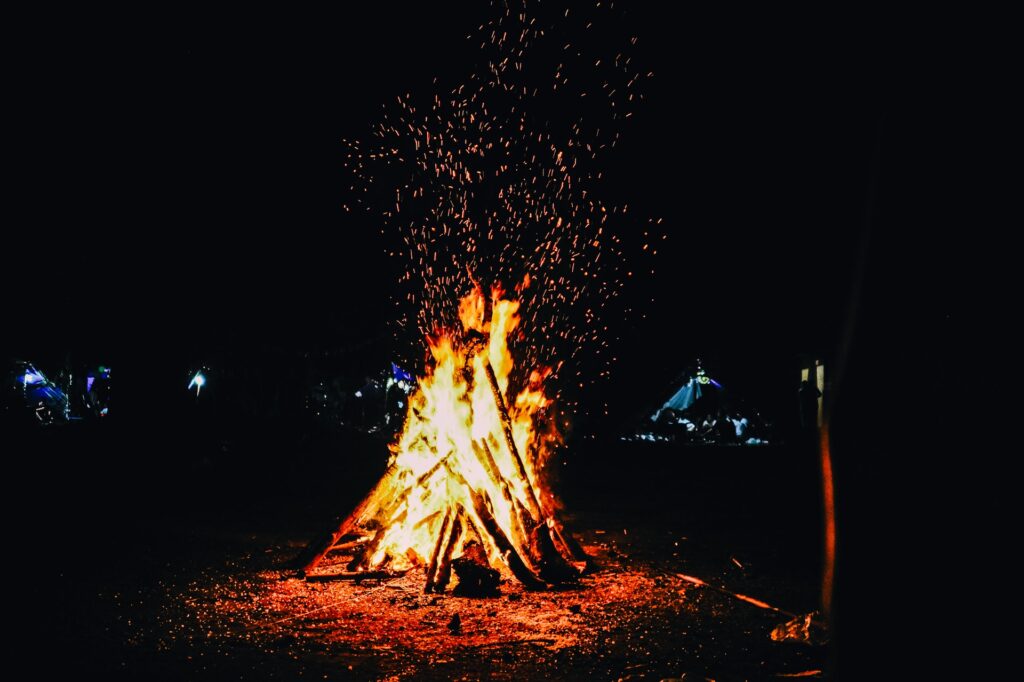
One of the Best Camping Etiquette Tips is to Keep Your Distance
Personal space is important to most people in everyday interactions. You know how annoying it is when someone puts a towel right next to yours at the beach? The same goes for camping! No one likes it when a camper sets up right on top of the campers around you. Find a spot in the middle of the campsite, and give space to those around you. Besides, isn’t one of the reasons for going camping to get away from too many people and enjoy the great outdoors?
What About Children?
Camping can be a fantastic experience for children, and they should have wonderful memories of these trips. But you also need to make sure that they follow the camping etiquette while still having fun. Keep in mind that not everyone wants to be woken up early in the morning by kids running around the campsite and making loud noises.
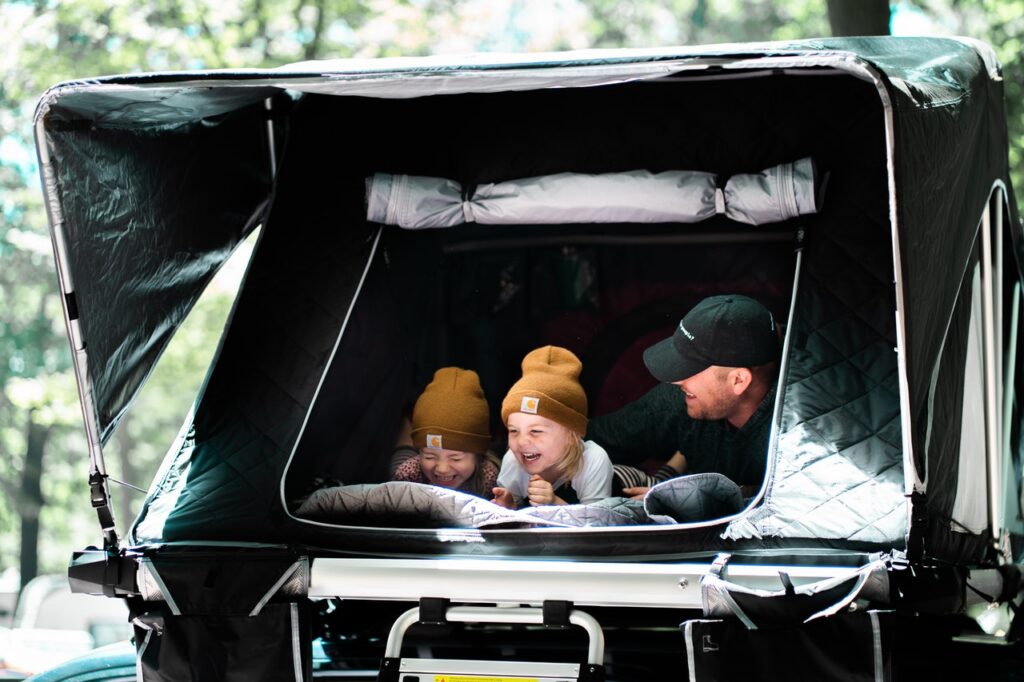
In addition to that, ensure that you are always aware of your children’s location. This is relevant for safety reasons as well as to make sure they are not disturbing other campers. Explain some rules to them and make them aware of being courteous to others nearby. Help them follow the noise level rules and ensure they are not playing or throwing balls within someone else’s campsite.
Let’s Talk About Pets
Keep an essential thing in mind—your dog is your best friend, which doesn’t mean that everyone else will be thrilled or comfortable with it. Some folks may be terrified of dogs. Try to be aware of this and considerate of others’ needs and preferences. Do your best to keep the dog on a leash and not have it wander off all the time.
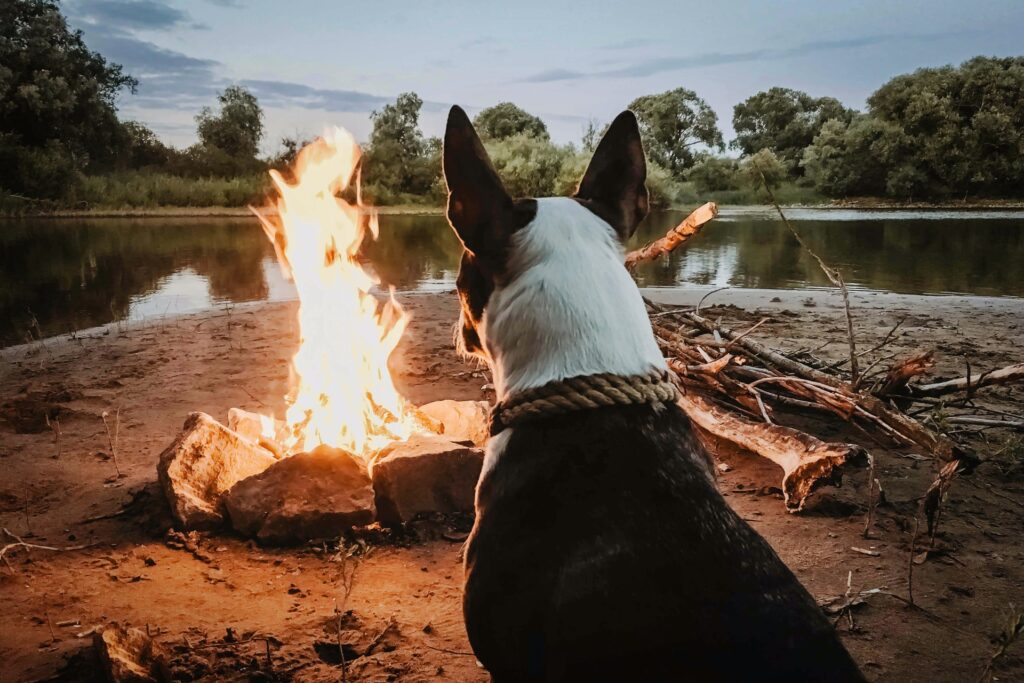
Also, follow some basic camping etiquette while camping with your dog, and you will make your neighbours happy and your dog safe. For instance, your neighbours will not appreciate smelling or stepping in dog poop lying around the campground. Just like in the city, cleaning up after your dog is essential to being a good camping buddy.
Be Friendly
Drop a quick hello when you see someone, but avoid inviting yourself to their campfire or dropping in at mealtime. Basically, the same rules apply as in your everyday life. Being friendly but giving people around you space will label you a desirable neighbour. If you wish to make friends, you will likely find like-minded people while camping. The same goes for taking advantage to do the opposite—get away from unwanted chatter.
Enjoy Your Camping Trip!
We hope our camping etiquette tips will help you prepare for your trip properly and more importantly—enjoy it. The few rules will be easy to remember and will help you avoid any awkward and stressful situations during camping. Now you can pack, head out, and have the best camping trip with your loved ones.
Meta description:
Photos:
https://www.pexels.com/photo/silhouette-of-person-standing-near-camping-tent-2398220/
https://www.pexels.com/photo/bonfire-during-evening-1629159/
https://unsplash.com/photos/OHoTzVyeCak
https://www.pexels.com/photo/father-and-kids-in-the-tent-8364947/








